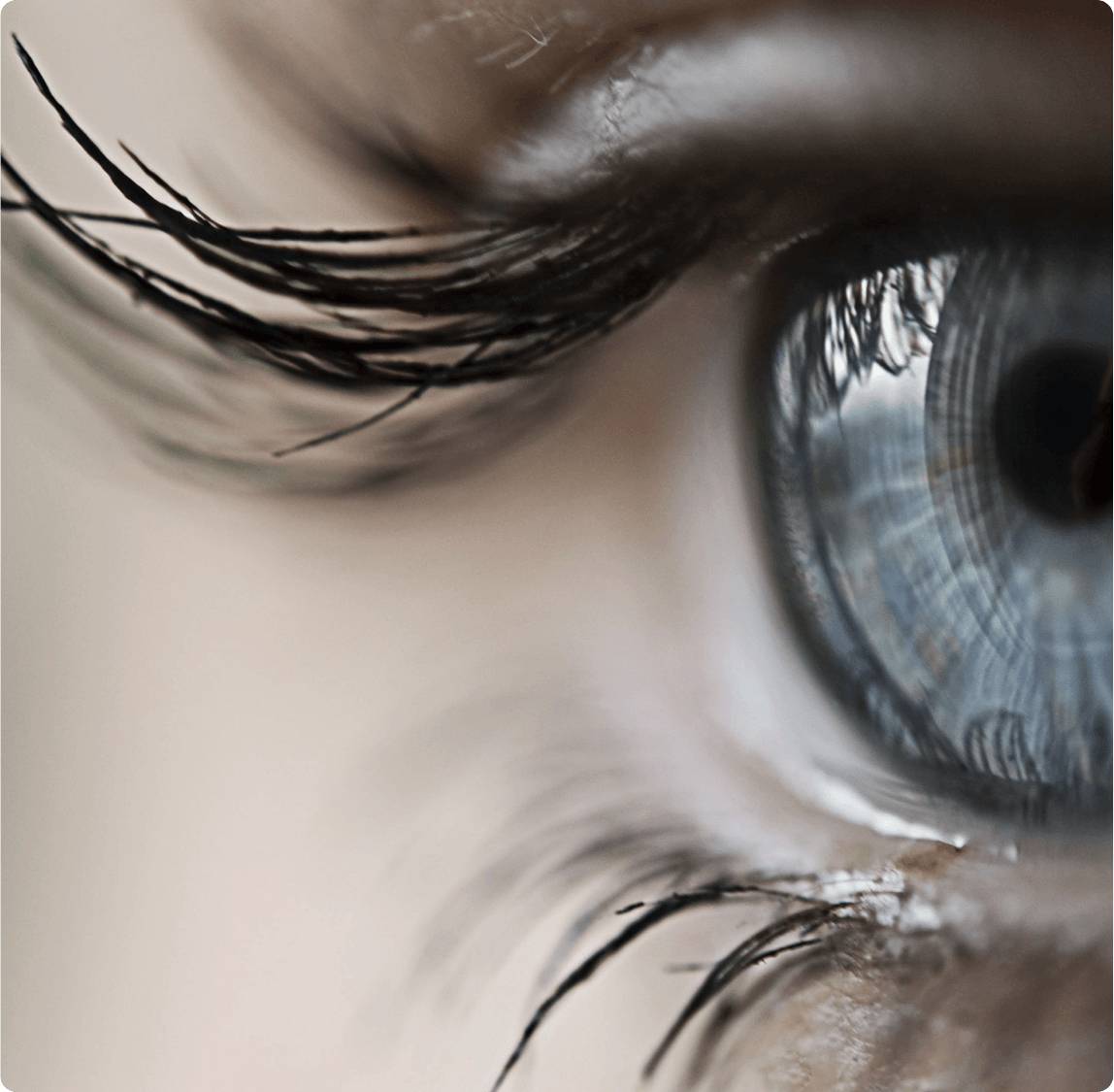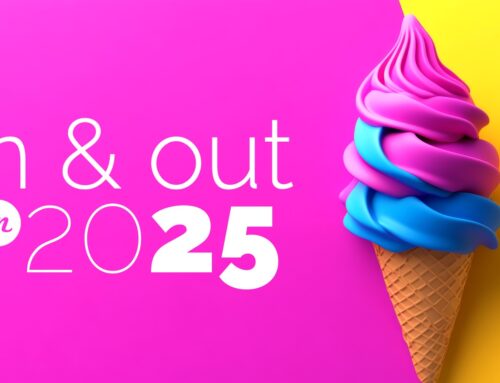Slide Design: Picture This
 Seeing is believing – we’ve all heard that before. However, its truer and more literal than one might guess. We’ve discussed the effect that images have on memory, but what about their effect on persuasion?
Seeing is believing – we’ve all heard that before. However, its truer and more literal than one might guess. We’ve discussed the effect that images have on memory, but what about their effect on persuasion?
The Picture Superiority Effect states that concepts are more likely to be remembered experientially when presented as images than when presented as words. Partially, this may be because our brains are more likely to generate a verbal label for an image than an image for a term. Generating this additional memory “tag” creates two pathways to recall.
Nolan Haims had a great post last week over at his blog about a beautiful, but very toxic, blue lagoon. Visitors ignored the grotesque warnings posted and believed instead that the water was just too pretty to be toxic. Even more than memory, this anecdote implies that not only do we remember images more easily, but we also believe them more readily.
The persuasive value of an image lies not in the image itself; instead it’s power is in the inferences that one draws from it. A study in the political sector found that constituents were more likely to believe a candidate supported a specific interest group after seeing a picture of that candidate with a member of the group. Campaign speeches and pamphlets can only go so far, but when we think we can infer the evidence for ourselves, we believe it.
The advertising industry has long since learned this lesson. Indeed, our tendency to believe what we see may be the only reason PhotoShop exists! A suspiciously slender Kardashian sister sure moves a lot of QuickTrim.
Yet, still too often presentations are stuffed with words and facts and figures when a simple picture would suffice. Not only are images more memorable, but they are more persuasive for our brains. If you really want to prove your point and resonate with your audience, then help them picture it.






Leave A Comment
You must be logged in to post a comment.